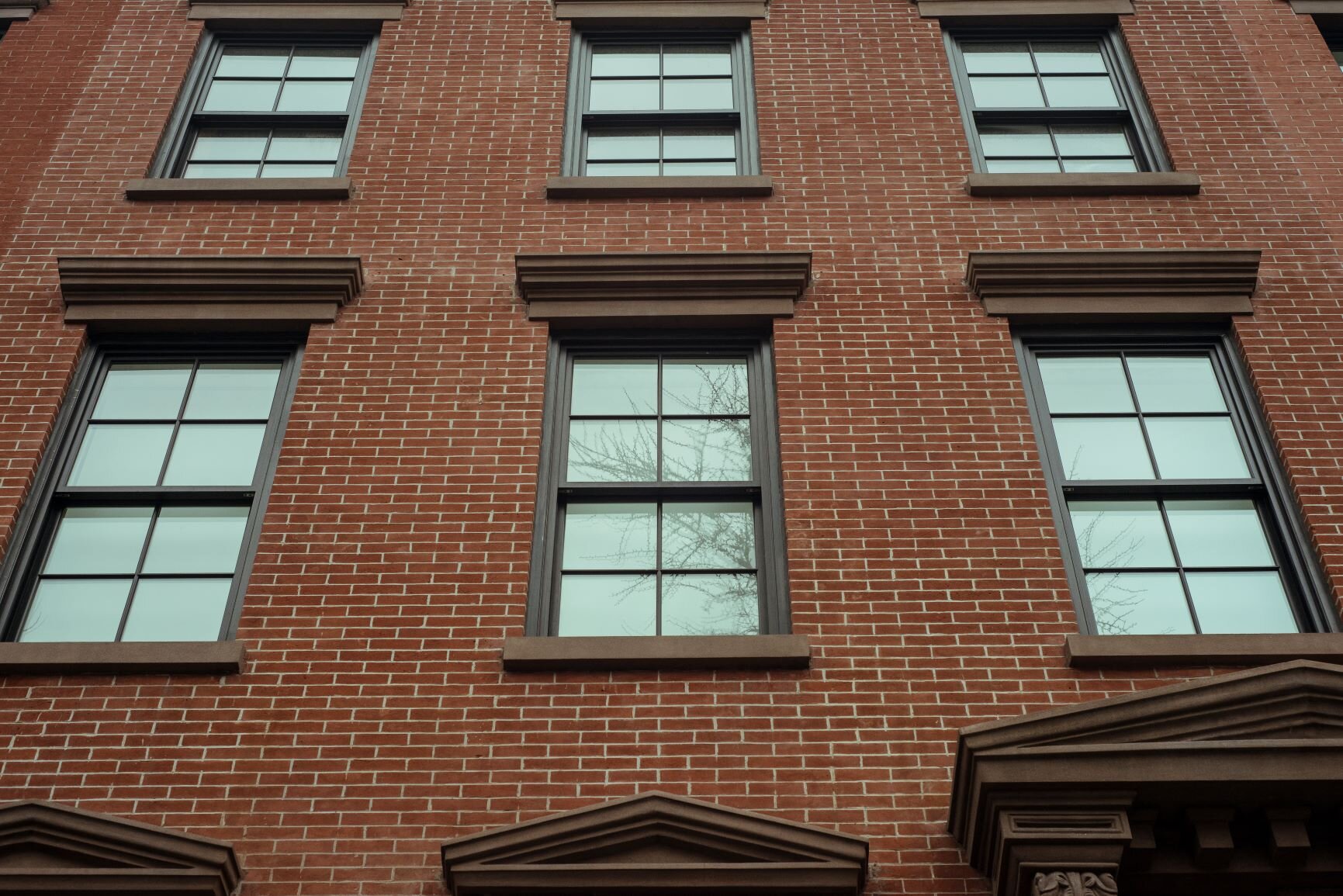Double-hung windows are one of the most common, and popular, window styles.
Double-hung windows consist of two sashes, one hung over the other. The lower sash raises and the upper sash lowers, with the potential for the two sashes to bypass each other. A single-hung window has a stationary top sash, where only the lower sash can raise and lower.
Why double-hung?
One of the most attractive characteristics of a double-hung window is that both sashes operate. This gives you control over ventilation. Because hot air rises, when you lower the upper sash the hot air near your ceiling will exhaust out the open window. Any cooking smoke or steam that rises will also exhaust through an open upper sash.
This is especially effective when the outdoor temperature is lower than the inside temperature. When you raise the lower sash, cooler air will flow in from the outside.
Double-hung windows are machines
While windows look fairly simple, when you consider how they operate you get a glimpse of how they are really sophisticated machines that are meant to move. Double-hung windows are usually either operated by a weight and chain system or spiral balance system.
Windows operated by weight and chain, or sometimes called weight and pulley, have a chain (or cotton cord) that connects the sash to a weight that is concealed in the wall next to the window. The weight is balanced against the weight of the sash, so that when you raise the sash you only need enough force to overcome the weatherstripping and the hidden weight does the rest of the work for you.
Weight and chain windows are easy to operate, even when the sashes are heavy. They are also easy to repair. Some historical requirements may call for weight and chain windows. However, they do need enough room in the wall cavity for the weight chambers, and when you have side by side windows you need a wider mullion to compensate for the weight chambers behind. They are also more expensive than spiral balance windows.
Spiral balance windows utilize a spiral rod and spring in a narrow tube concealed by the window’s side jambs. When the sash is lifted, the rod attached to the bottom of the sash rotates and lifts the window. They require significant force to open; for a window sash that weights 100 pounds you need 30 pounds of force to raise the sash.
Spiral balance windows are lighter and easier to install and need little in the way of mull width for windows that are directly adjacent. They are less expensive than weight and chain windows, but may not meet all historical requirements. The spring mechanism has a limited number of “lifts” and are more difficult to repair than weight and chain windows. Very large or heavy windows may need to the counterbalance provided by weight and chain in order to be lifted to open.
There are other ways to operate double-hung windows, such as block and tackle or coil balance, but they are less common.



